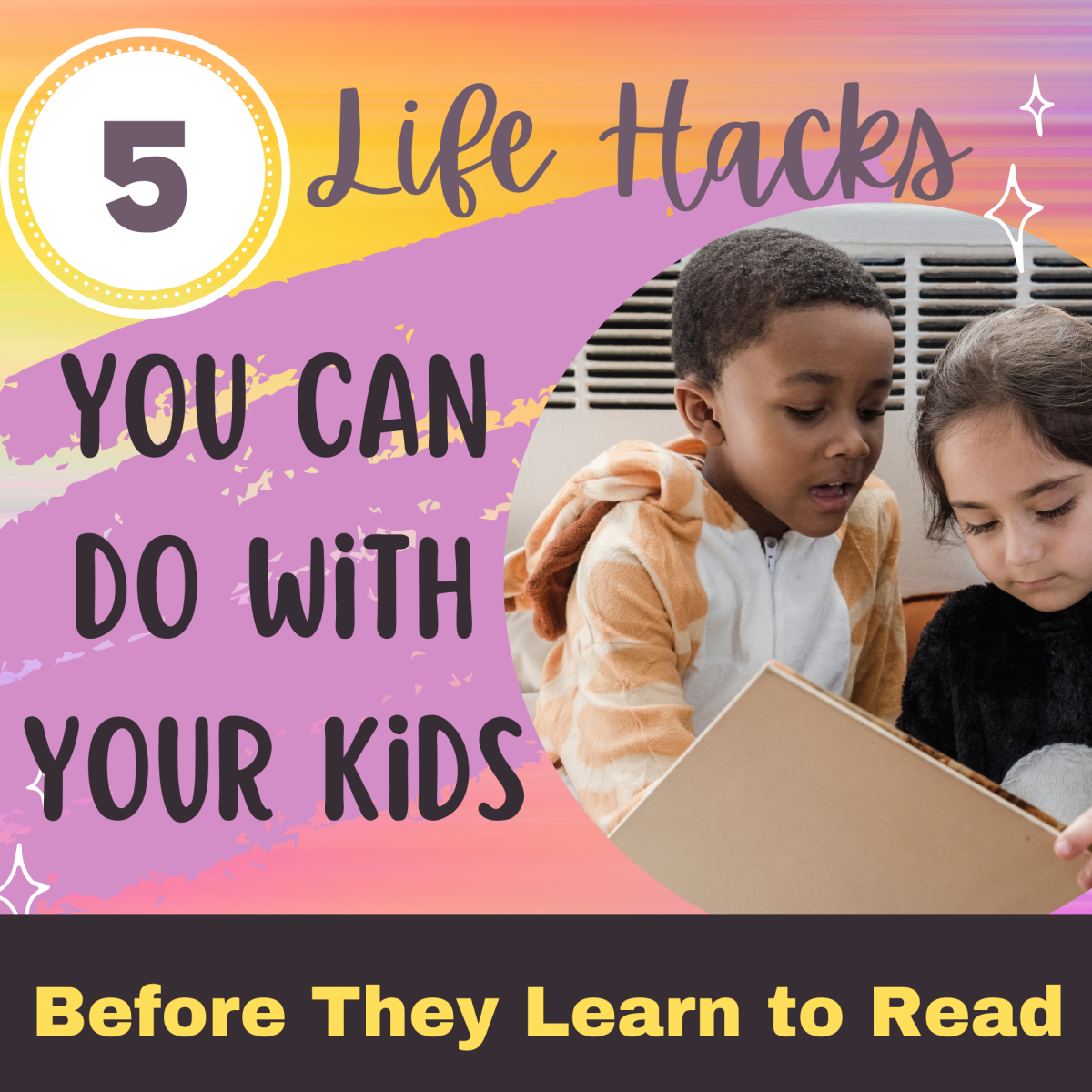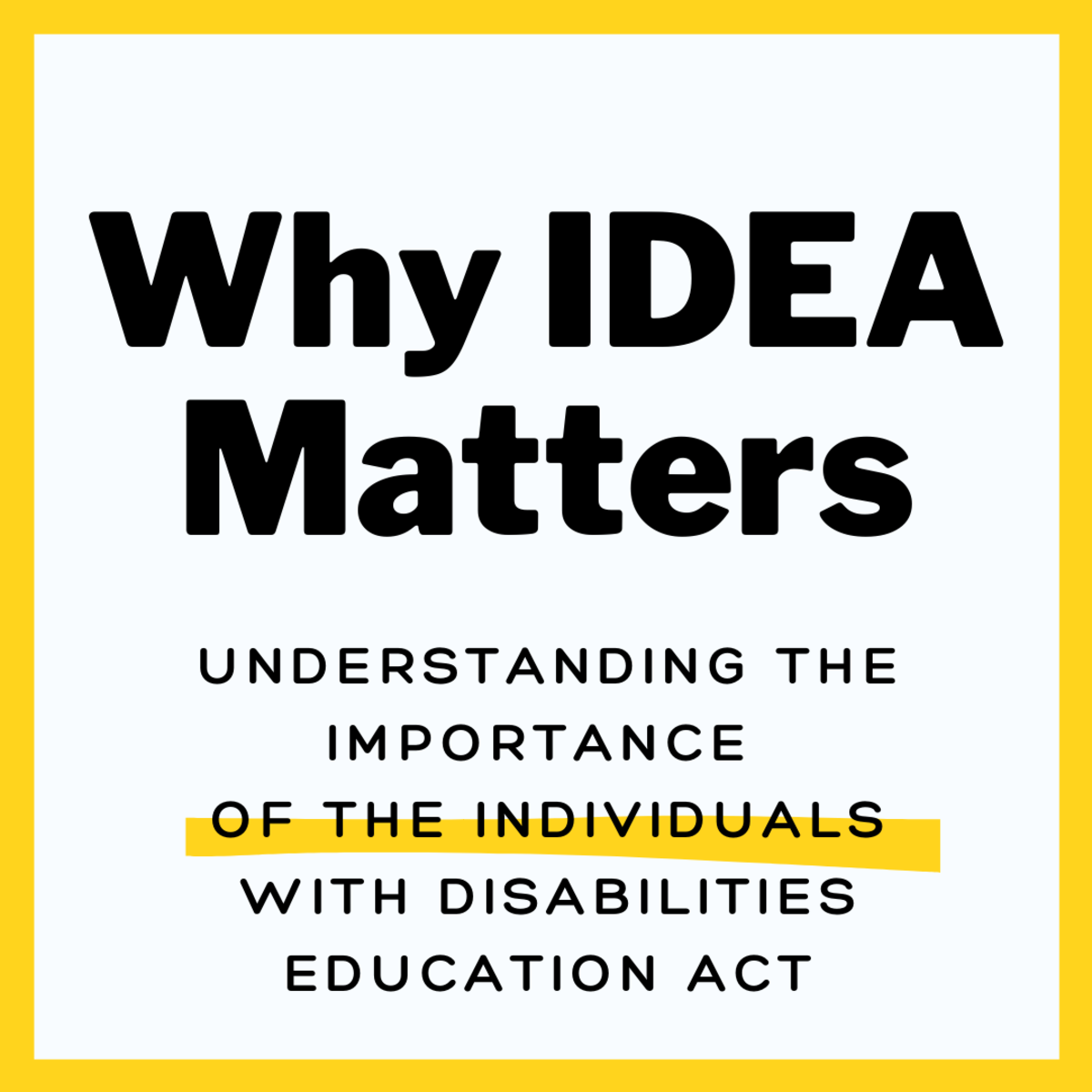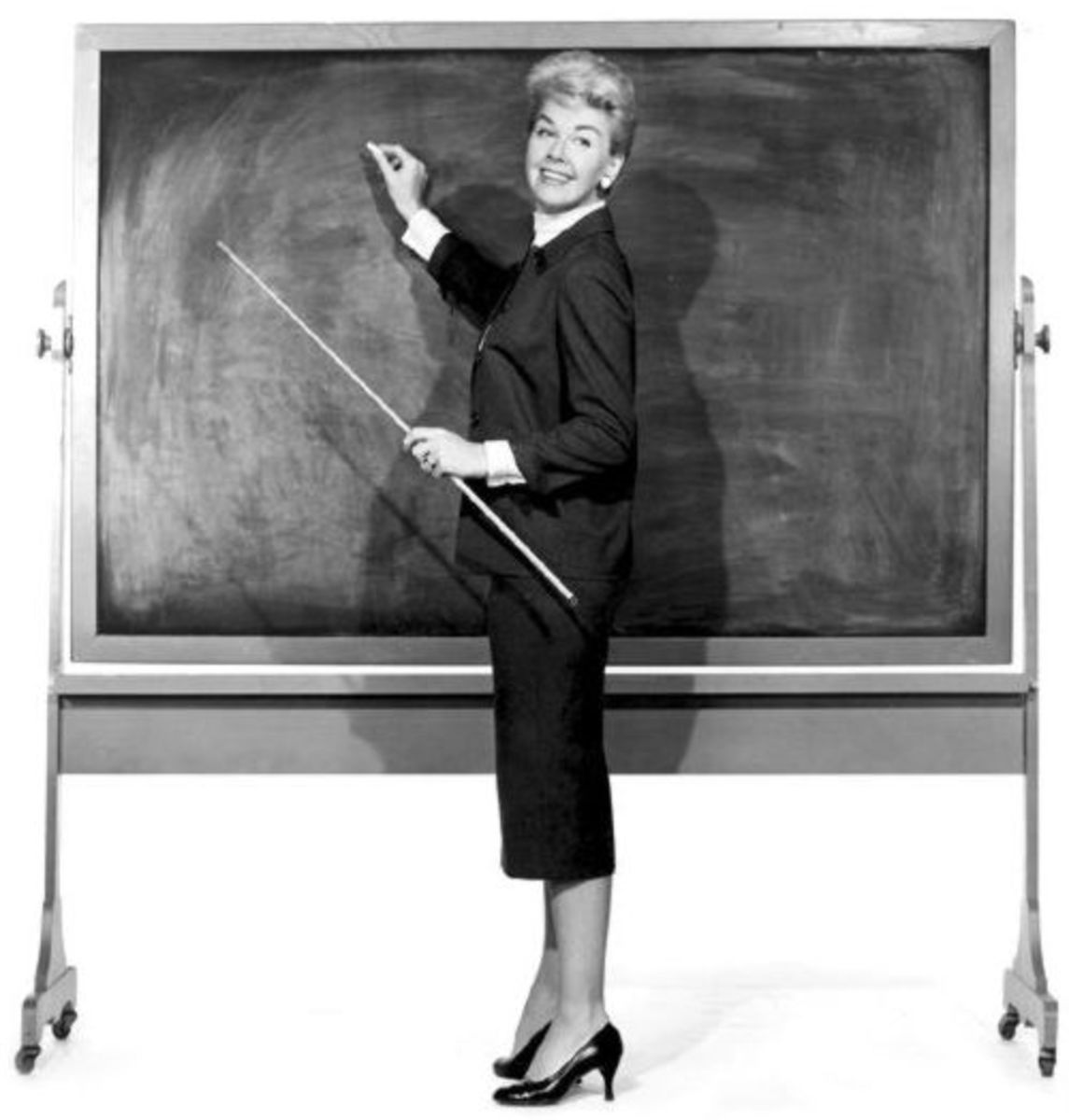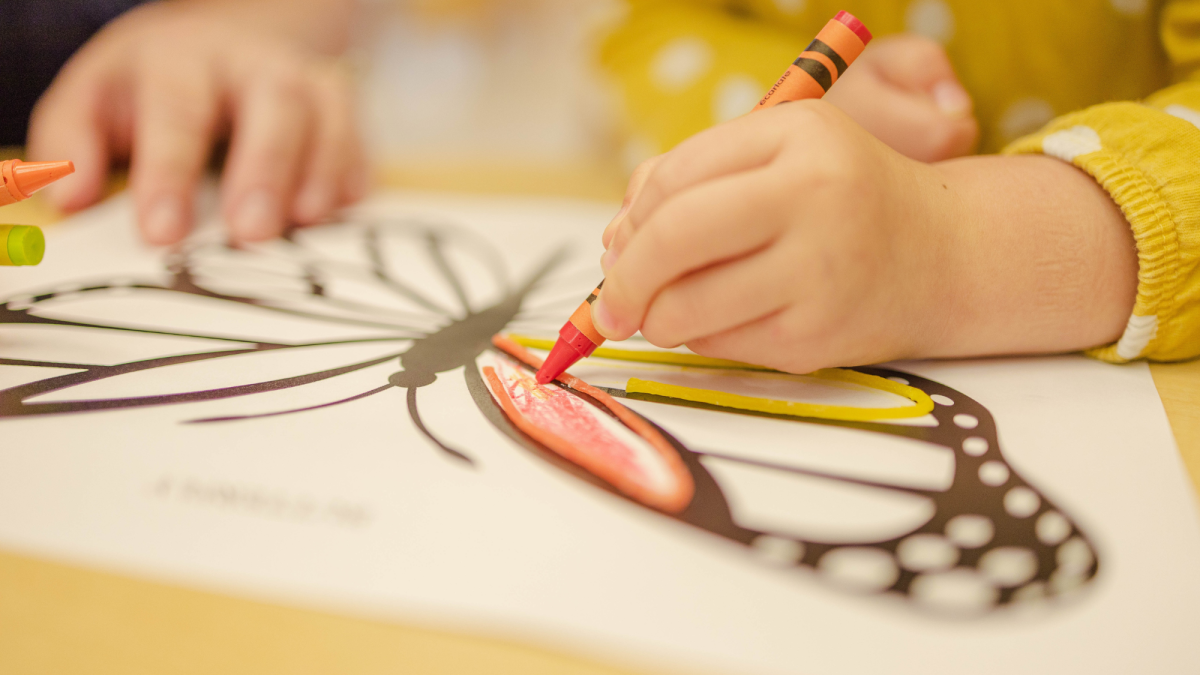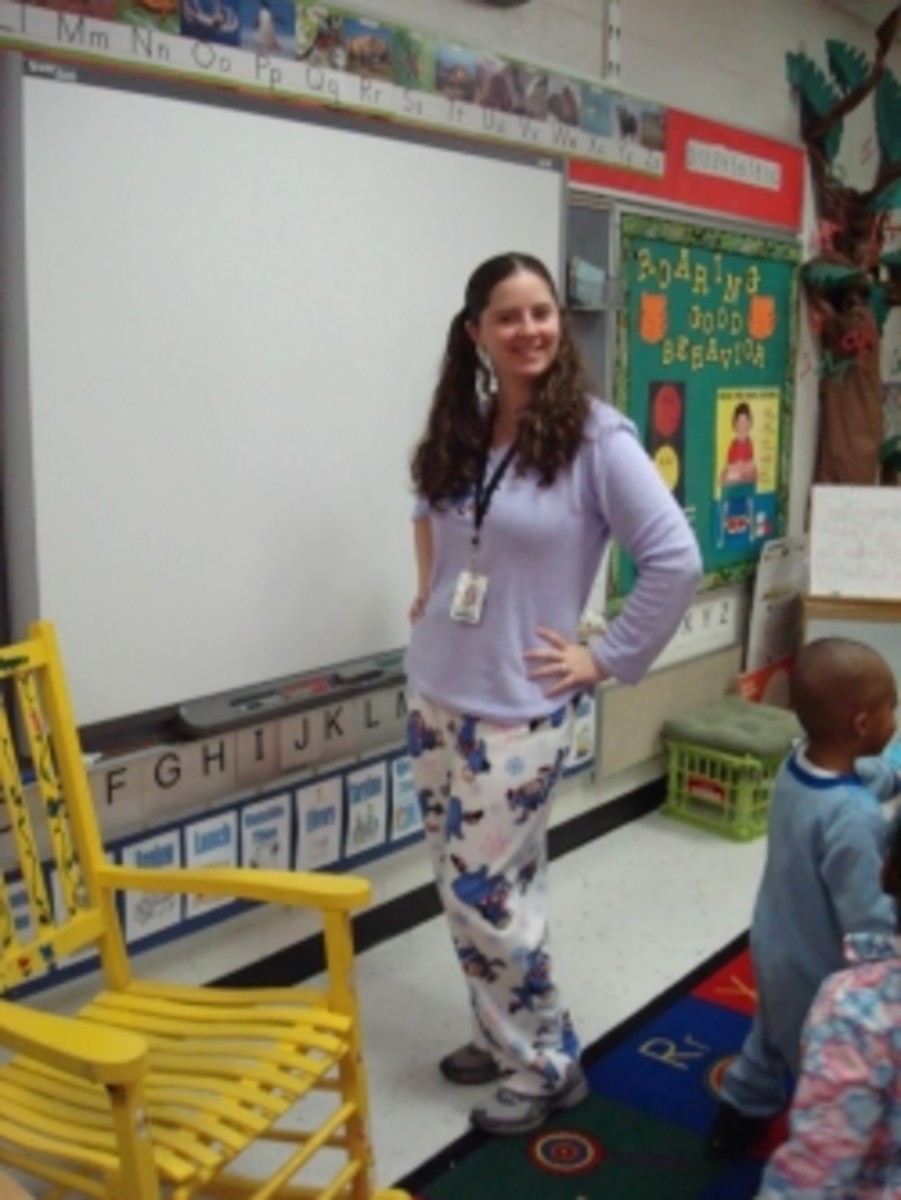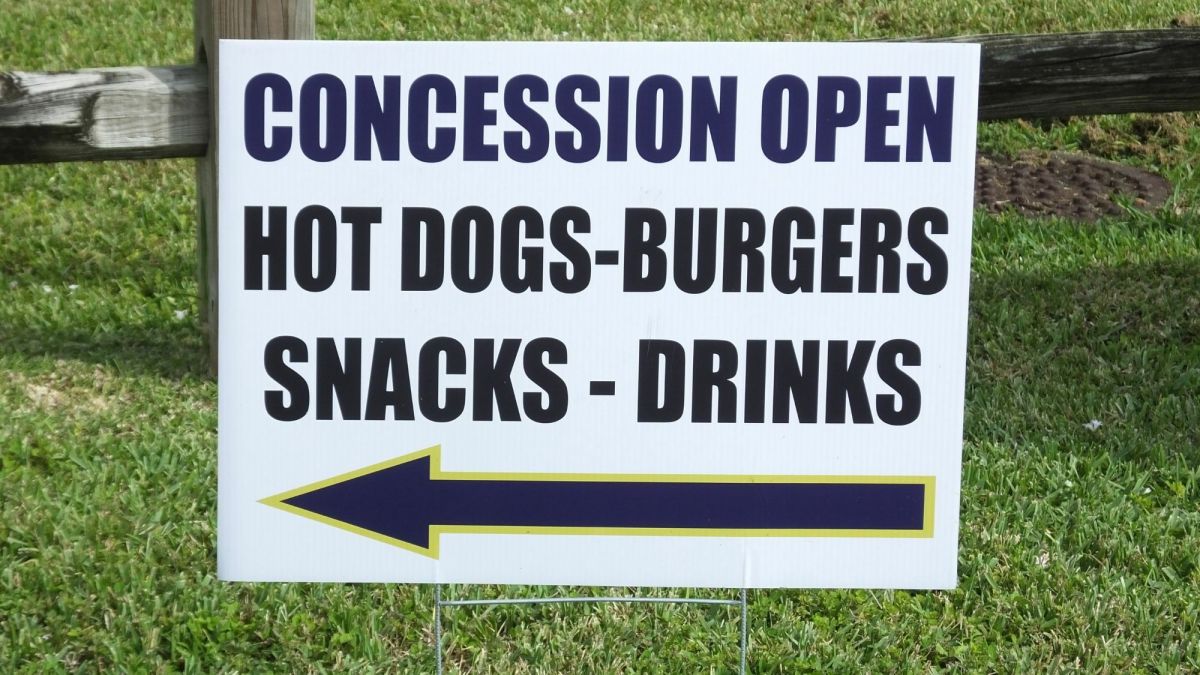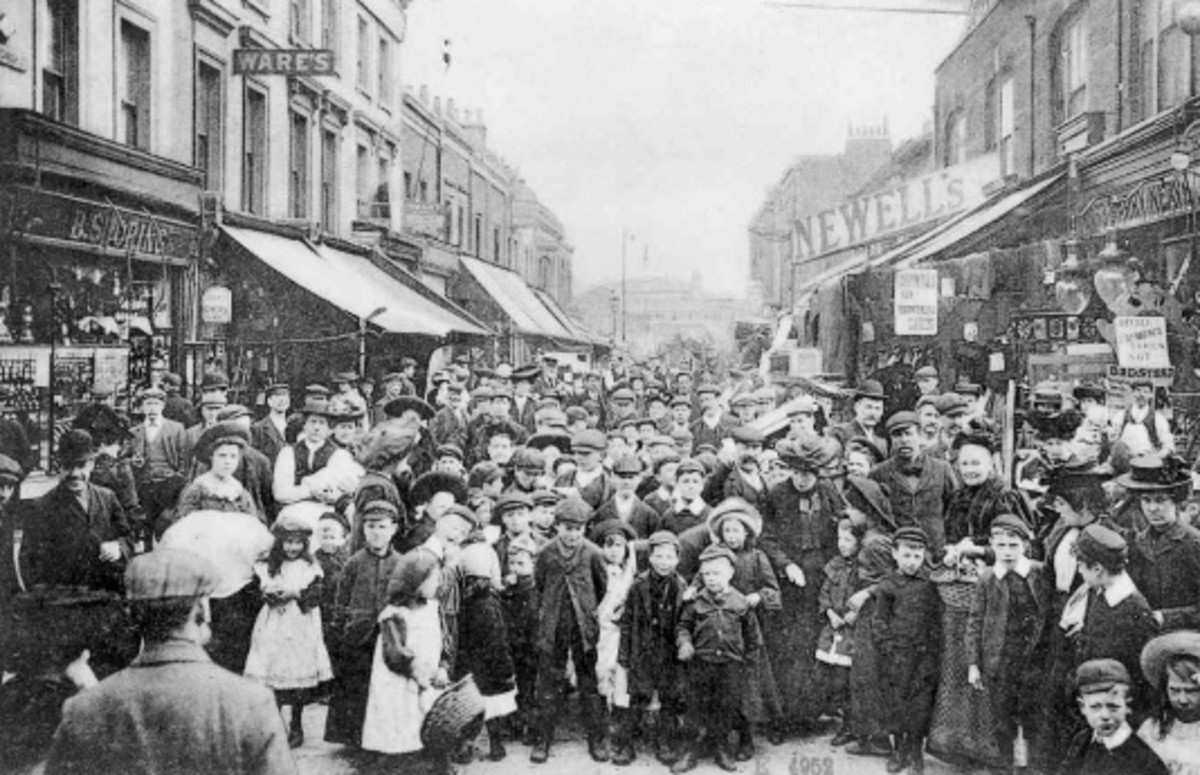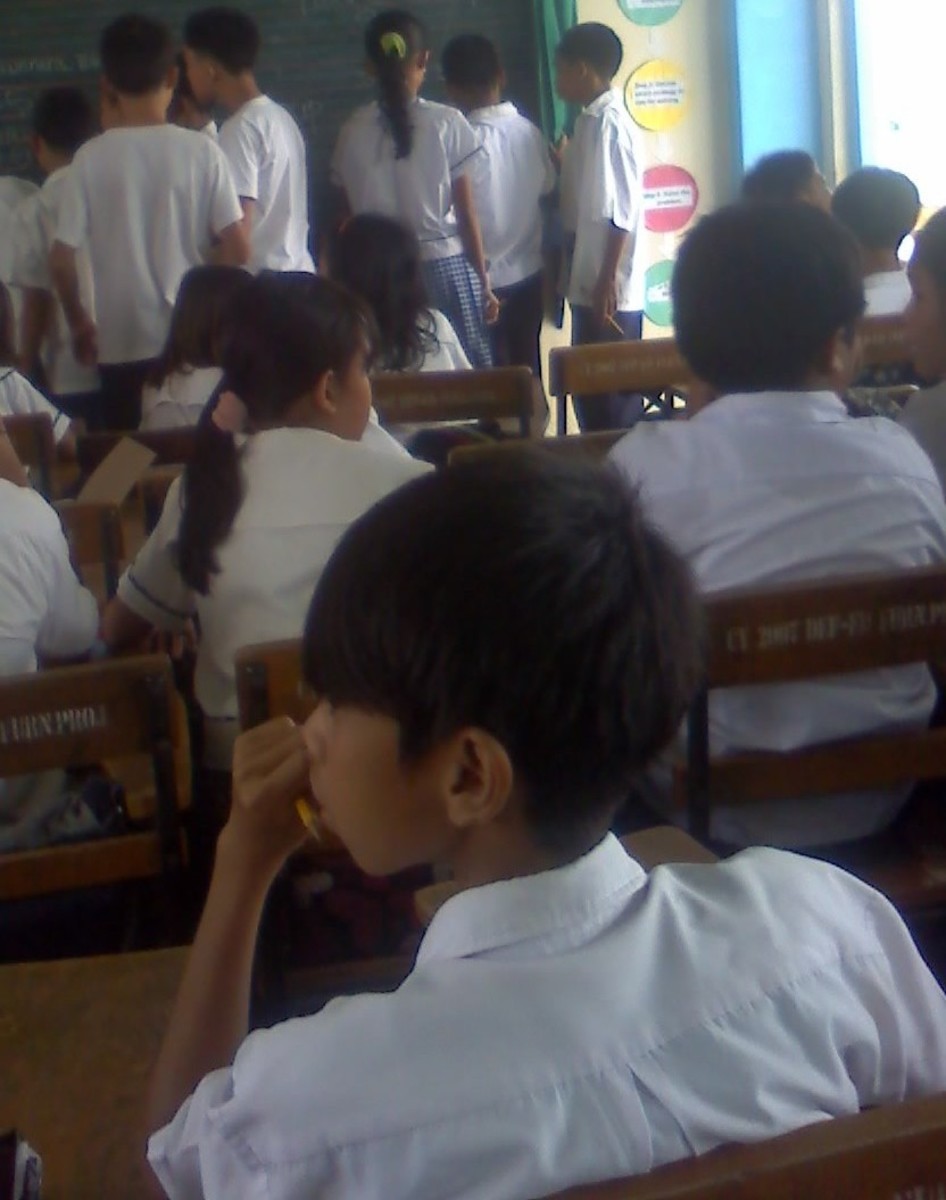Kindergarten Readiness -- Is Your Child Ready for School?
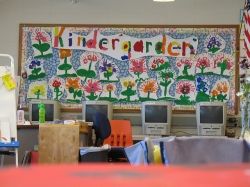
A child's first day of kindergarten is a big milestone. It marks the end of the preschool days, and the end of the earliest stages of life. It is the end of a child's dependence on her parents for everything and carefree days spent learning from the world around him. However, kindergarten is not just endings, it is beginnings too. It is the beginning of the journey through school, and new found independence. When children begin kindergarten, they learn to take direction from adults other than their parents, and they make friends who are the same age. Kindergarten brings a new independence to a child that starts him on his journey through the rest of his childhood and his life.
However, at age 4 1/2 or 5, some children a just not ready for kindergarten. There are several reasons why a child may not be ready for kindergarten, including immaturity and simply not being ready to sit still and quiet for several hours a day to learn. In these cases, it is best for a child to sit out a year and enter kindergarten the following year.
The question is...how does a parent know if their child is ready for kindergarten and big kid school? I spent seven years teaching kindergarten. In those years, I taught many children. Some were ready for school and some weren't. On this page you will find my list of things a child should be able to do before they enter kindergarten. These are skills that my most successful students had, and a few that I thought were important for kids to be able to do.
Photo by trekbody
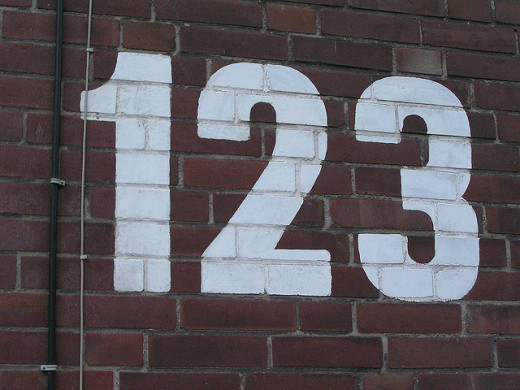
Counting
In today's academic kindergarten classroom, children are taught a rigorous math curriculum. By the end of kindergarten children are expected to be able to add and subtract single digit numbers and to understand these concepts. (Know when to add and when to subtract) A child who enters kindergarten knowing what a number is and how to count to at least ten (twenty is better) will have an advantage in mastering the kindergarten math curriculum.
To help your child learn to count, have him practice counting. You can count anything and everything. When you are setting the table for dinner, count the plates, glasses and silverware. When cooking, have your child help you count the eggs (or any other ingredient). When you are counting, count how many pieces of fruit you are buying. You get the idea. After doing this for awhile, your child will be an expert counter.
Photo by threedots
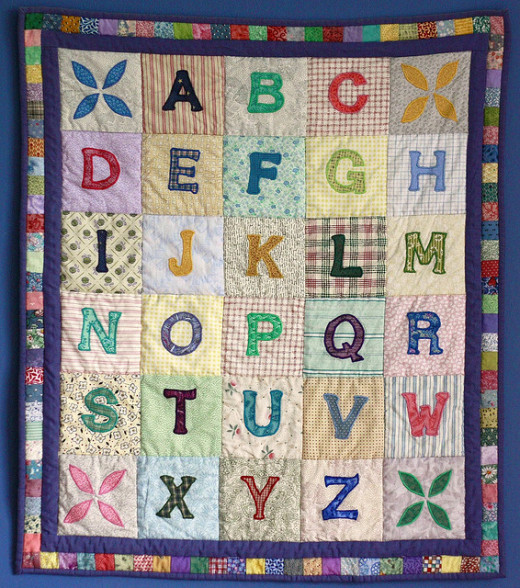
Alphabet
Reading is a major focus of today's kindergarten classroom. At the end of the kindergarten year, children are expected to know the names and sounds of all the letters of the alphabet. They are also expected to be able to read simple words. In order to be successful in this important endeavour, children should start their kindergarten year knowing what letters are and at least being able to sing the Alphabet Song.
In order to help your child learn the letter names, you can go on letter hunts. This is a great game for the grocery store. Pick a letter and tell your child to find it on the packaging of the products on the shelf of the aisle you are in. Once your child masters the letter names, you can tell your child to find a product that begins or ends with a certain sound. This game is a great way to get through the weekly grocery shopping with your sanity as well.
Photo by jillyspoon
Make Sure Your Child is Ready.
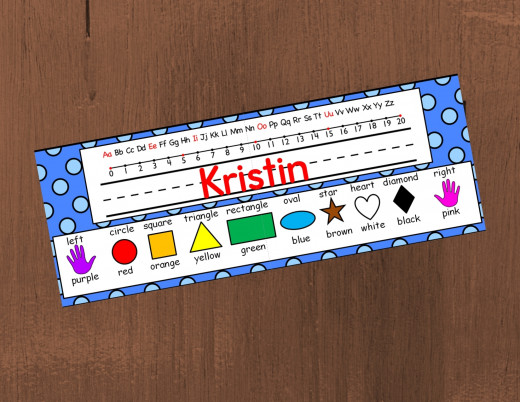
Recognize Their Name
There is one word that is the most important word to every child. It is also the word that children usually learn to read before any other word. What is that word? It is her name. It is the word that people use to address the child and the word that is written to label things as belonging to that child. In short, a child's name is his identity.
In the kindergarten classroom, a child's name is an important word to be able to read. Children's names are used to label their desks. Names are also used to identify who did the artwork on the wall, which book belongs to which child, to complete charts and graphs, so sign in and out of the classroom each day, etc. Children are taught to recognize their names at the beginning of the school year. However, those children who come to school on the first day of kindergarten being able to read their names come to school at a serious advantage. They begin their school career with a sense of belonging and ownership of the classroom and their learning in a way that the other kids just can't accomplish.
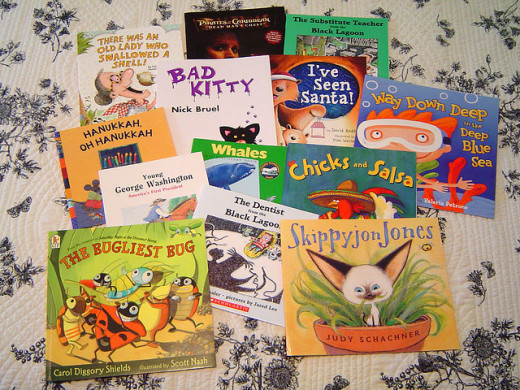
How Books Work
A child entering kindergarten should know what books are. They should know what the cover and spine of a book are. They should know that when you go to open a book, the spine is on the left side. Another thing children should know about books is that when they read, they should read the left page first, and that they should read top to bottom and left to right, which way to turn the pages, etc.
A good way to teach children these things is to read with them every day. Whenever you begin a reading session with your preschooler, show them the parts of the book and name them. Then show them where you start reading and run your finger under the print as you read. This will help your child understand which way the print goes. You can also have your child turn the pages each time you finish reading a page so they can understand which way to read.
Photo by pinkpollyanna
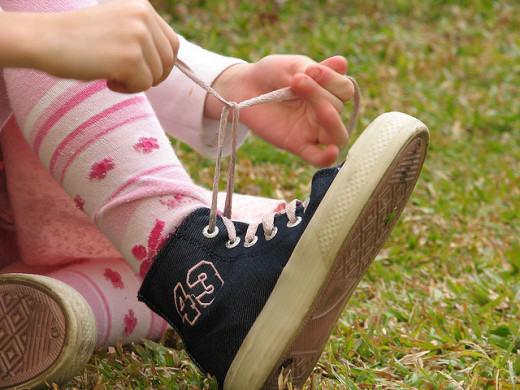
Can Tie Her Shoes
Kindergarten children should be able to tie their own shoes. Teachers just don't have time to tie everyone's shoes over and over and over and over again. Besides, this is a skill that everyone needs to have to be successful in the world.
When I was teaching kindergarten I would encourage children to learn how to tie their own shoes. I would, however, tie shoes for the first part of the year. After we came back from Winter Break, I would stop tying shoes. this would encourage them to learn this important skill.
I didn't just all of a sudden stop tying shoes though. Throughout the fall, I would warn my kids that I would only tie their shoes until Christmas. I would also let parents know about this policy in my Welcome Packet and tell them at Back to School Night and at Parent Teacher Conferences. That way parents could help their little ones at home. And of course, not everyone learned how to tie their shoes by Christmas. When a child would come to me on January 2 wanting me to tie their shoes, I would direct them to a classmate who I knew could tie shoes (which made them feel important) or I would give them a shoe tying lesson. By the end of the school year, all of my kids could tie their shoes independently.
Photo by pipistrula

Bathroom
When a child goes to kindergarten he enters a brand new world. It is a world in which mom and dad aren't there to take care of every little thing the child needs. The kindergarten much learn to take care of certain things himself. One of these things is using the restroom.
By the time a child goes to kindergarten, he should be able to tell when he has to go use the restroom...and know this before it becomes an emergency. When I was teaching kindergarten, I tried to accomodate children having to use the restroom immediately, but sometimes this just wasn't possible. For instance, I had a rule that one child could use the restroom at a time. This cut down on playing and rough housing around the bathroom. If a child had to use the restroom while another child was there, he would have to wait for the first child to be done. No exceptions.
Also, parents need to make sure that their child knows how to wipe himself after using the toilet and that he can do it independently. Every year, it seemed, there was one child in my class who did not know how to clean themselves off after using the restroom. They were usually very surprised when I would not wipe their butts for them. I had one child in tears because I would not do it and he couldn't do the job himself. It was a very awkwark conversation that I had with that child's mother when she came to pick him up from school.
Photo by Daquella manera
Directions
A child who is beginning his kindergarten year should be able to follow simple one step directions. Teachers depend on children doing what she says. If her students don't, or can't, follow her directions, it makes it hard for her to do her job and teach the class. Children need to be able to follow directions the first time they are given without giving the teacher any grief about it. If you teach your preschooler to follow the directions of the adult in charge, you will be doing him a big favor.
Photo by www.yourdomain.com

Getting Along
By the time a child enters kindergarten, he should be able to make friends and play well with other children his age. This is one of the hallmarks of this age. Kindergartners have passed the egocentric baby and toddler stages and entered into an age where they thrive on their relationships with other kids. This is a skill that is developed in the preschool years and honed in the school years. It is important that a kindergartner be able to get along well with other children so that she can function in the school environment, both in the classroom and on the playground.
Photo by St0rmz
© 2011 Kristin


